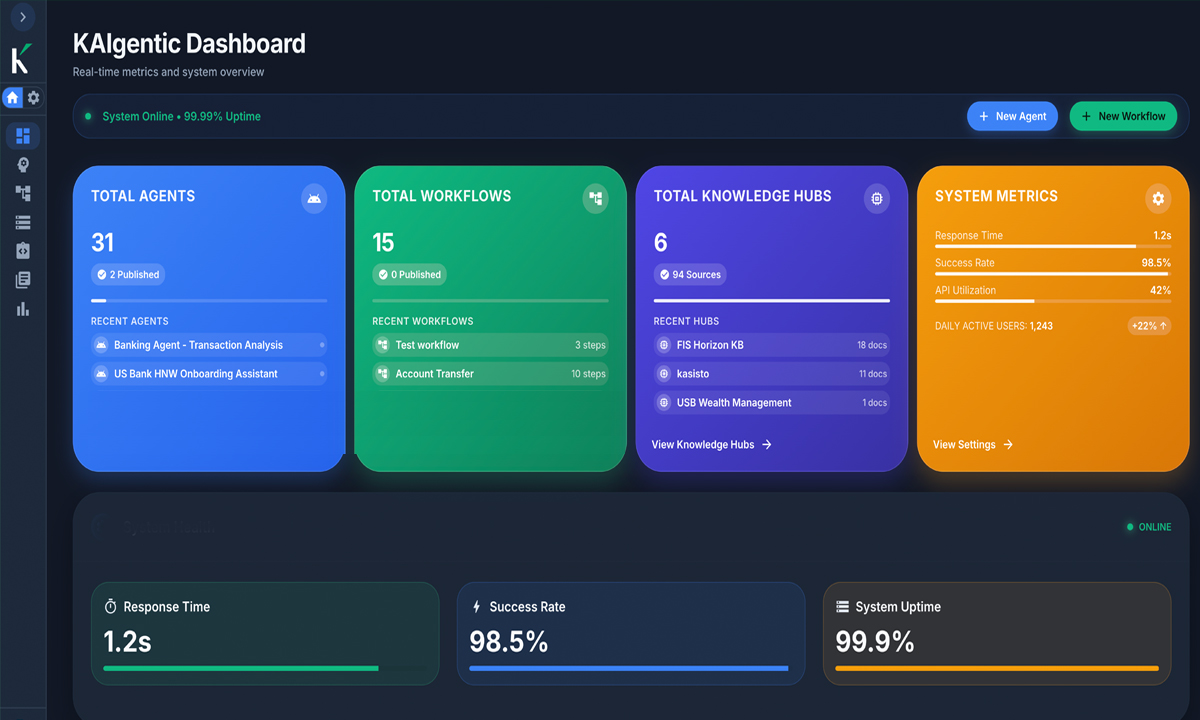AI has profound consequences on society. The long-term effects of virtual assistants and chatbots interacting with humans have been researched as far back as the 1950s. Today, tech giants are putting resources behind best practices from an ethical POV and they’ve also come together with a unified manifesto for Partnership on AI to Benefit People and Society. Ethical considerations around creating and facilitating artificially intelligent interactions are more important than ever as AI proliferates and becomes more accessible.
Bot capabilities will only continue to grow more sophisticated and intelligent as technology advances and AI develops. According to VentureBeat, more than 30,000 branded chatbots and 6,000 voice-activated skills hit the market during 2016 alone and this number will only continue to grow. As more consumers begin to interact with AI on a regular basis, there is an ethical obligation upon the companies who create this technology and those who deploy it to their customers. We think that bots should never disguise themselves as humans. It is never ever okay to be opaque about whether your customers are interacting with man or machine.
Beyond ethics, there are business, cultural and even regulatory reasons for this, but the most important reason lies in the customer experience and making sure that people know when they’re dealing with humans and when they’re dealing with bots. Brands can employ human-like attributes to engender comfort and trust, but it’s critical to establish an identity as a bot early in the interaction. This can be done by introducing itself as a bot or deflecting questions that don’t serve its purpose.
Here are three key considerations to ensure that your AI personality is perceived as machine and not human.
Creating an AI Persona
A bot does not need to talk like a machine – it can have a name, personality and speak with the perspective, “I.” Customers are more likely to automatically empathize with a bot that has a name and unique personality, and it encourages customers to exhibit greater trust and stickiness. In our experience at Kasisto, giving our bot a distinct personality (authoritative but friendly and not condescending) and name (Kai) has encouraged consumers to trust it with personal, sensitive transactions and interactions, like paying people or other businesses.
There are further ethical considerations when designing your AI persona, including gender. With a new generation of kids coming of age among increasing human-to-machine interactions, it’s important to think about the consequences of their AI experiences. When designing a bot, you have the option to make it male, female, or completely genderless. Regardless, no bot should embody gender stereotypes – be that permissive, apologetic or subservient.
Alternatively, an unnamed assistant speaking on behalf of a company as “we” may give an impression of formality and bureaucracy, as opposed to intimacy. While this may work for companies that have already established deep trust with consumers, like Google’s Assistant, you’ll be hard-pressed to find many other success stories of this nature. Even Amazon had to give Alexa a name and personality, separate from the devices that it operates on.
What Goes into Convincing Bot Conversations
Bots can certainly seem very human-like as they possess more of our traits with the ability to understand, reason, and interact. That’s why the conversation itself is part of establishing the bot as a machine. How does it handle conversations that veer off subject or become personal? Does the bot engage in conversation or re-direct? Does it perceive human sentiment and express emotions? Is the bot’s domain expertise wide and shallow or narrow and deep – that is to say, does it stick to one topic, like scheduling meetings, the weather or ordering flowers or does it try to be a one-size-fits-all assistant, like Siri, Google Assistant and Alexa?
Successful bots provide significant utility and create enjoyable experiences for customers. These bots act like humans – they recommend, get things done and learn, responding contextually in real-time, sounding personal. These bots see patterns that humans cannot process due to sheer volumes of data. For example, there are health and trading bots that accomplish exactly that.
Transparent Hand-Offs
There will be many hybrid human-bot experiences – sometimes the bot will start the conversation and a human will take over or visa versa. Some companies are supplementing their bots with a team of humans while others try to augment teams of humans with bots. And, in many instances, the interaction will be an intentionally designed hybrid approach, including both a bot and a human. In all cases, users should be able to distinguish between human and machine.
At Kasisto, we use a combination of natural language processing, AI reasoning and behavioral analysis as ways to identify when a customer that is interacting with one of our KAI-powered bots need to be handed over to a human. For example, some of our customer’s systems will identify when customers use profanity in a certain way and try to reduce their anxiety and sometimes hand them over to a live person. But the AI should also be smart enough to know when profanity is used as a way of expressing one’s self that doesn’t imply anxiety and could even be slang for a compliment (e.g. “this is f-ing awesome…” as a response to a delightful conversation).
People have completely different expectations from virtual versus human interactions. They expect a live agent to solve a problem no matter what and continue to escalate the issue until it’s solved. People realize that live agents process information as humans and not instantaneously – there will be longer lags between requests and responses. On the other hand, even though a bot’s knowledge is limited to the domain it covers, the bot can possess deep knowledge and process enormous amounts of information very quickly.
The success of a bot is rooted in trust and transparency. When the customer is unsure if they’re interacting with a human or a machine, they’ll feel misled, lose trust and have a poor experience. The best bots are as close to human as possible but don’t pose as humans. Avoiding the uncanny valley is key to creating positive customer experiences. If the customer does notice this difference and suspects that a human has replaced the bot, they may feel an interruption in their experience and in turn, lose trust.
Interested in deploying a conversational ai at your financial institution? Take our IDA Personality quiz to discover which finance chatbot personality suits your brand the best.



